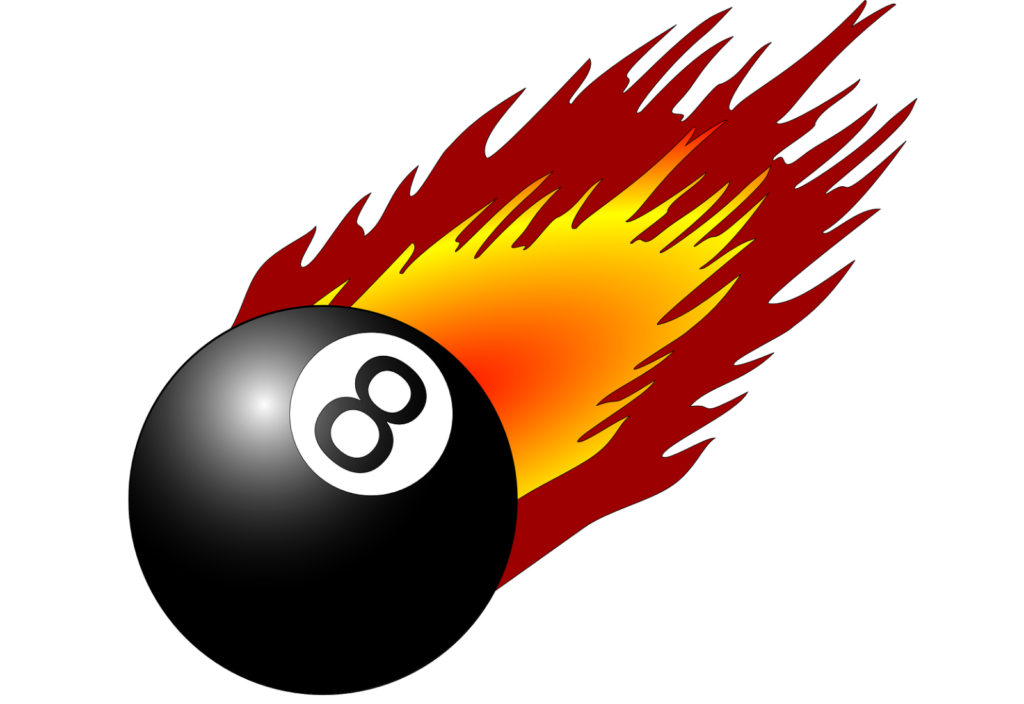1. There’s no way to protect my brand in China against counterfeits, so there’s no reason to try. This is both false and self-defeating. China offers a number of ways to protect your IP. The first and most important step is to file a trademark application in China to cover your goods or services. This will provide you with a first line of defense against counterfeiters and trademark squatters. Once your trademark is registered you will be able to submit takedown requests to Chinese e-commerce sites, request Chinese customs to seize goods, and bring lawsuits for trademark infringement. You also should craft a comprehensive IP protection strategy that incorporates copyright and patent registrations.
2. My Chinese trademark registration for my blockbuster movie will allow me to take action against people using “my” trademark on other goods, like clothing or breakfast cereal or toilets. Trademark protection in China is limited by the classes and subclasses of goods and services covered by your registration. If you want protection for other products, you need to register in the appropriate classes AND subclasses to cover those products. For some, this means registering in all 45 classes. For others, this means figuring out which products or services you really don’t want someone else to be selling under your name. And for most everyone, it is critical to file directly in China and not in Madrid.
3. You can remove counterfeit goods from Chinese e-commerce websites with a US trademark. Alibaba has been amenable to removing listings from Alibaba and Aliexpress, its foreign-facing sites, with just a US or a European trademark registration. But to remove listings from most Chinese e-commerce sites (like Taobao and 1688.com) you typically must have a Chinese trademark registration. Many China e-commerce and social networking sites require a Chinese trademark registration and every site will take action more quickly with one. When counterfeit goods of your product are being sold, time is money.
4. China is the biggest source of counterfeit goods in the world. This is totally true. According to the 2016 annual report from the U.S. Customs and Border Protection, more than 80% of seized merchandise that infringed intellectual property rights came from either China or Hong Kong.
5. Chinese customs will seize counterfeit goods even if you only have a US trademark. Trademarks are national in scope, and with few exceptions, a US trademark has no relevance in China. It certainly means nothing to Chinese customs. Imagine trying to convince U.S. Customs to seize goods based on a Chinese trademark registration. It would never happen. If you want to have Chinese customs seize infringing goods you need a Chinese trademark and you need to have registered that trademark again with Chinese customs.
6. The only way to seize Chinese-made counterfeit goods is when they come to the United States. U.S. Customs actively inspects incoming shipments, but Chinese customs also actively inspects outgoing shipments. If you can provide the who, when, and where details about an upcoming shipment of infringing merchandise, you can have that merchandise seized by China customs.
7. My brand is famous outside China so that means the Chinese government will take action against counterfeit goods. No. Just no. The only way to be sure you have trademark rights in China is to register your trademark in China.
8. If my products are manufactured in China, there’s nothing I can do to stop my manufacturer from selling them out the back door. Wrong. There is a lot you can contractually do to prevent your manufacturer from selling your products as their products, starting with a China-centric NNN Agreement and/or NNN provisions in your manufacturing agreement.

























